Atlas railcar
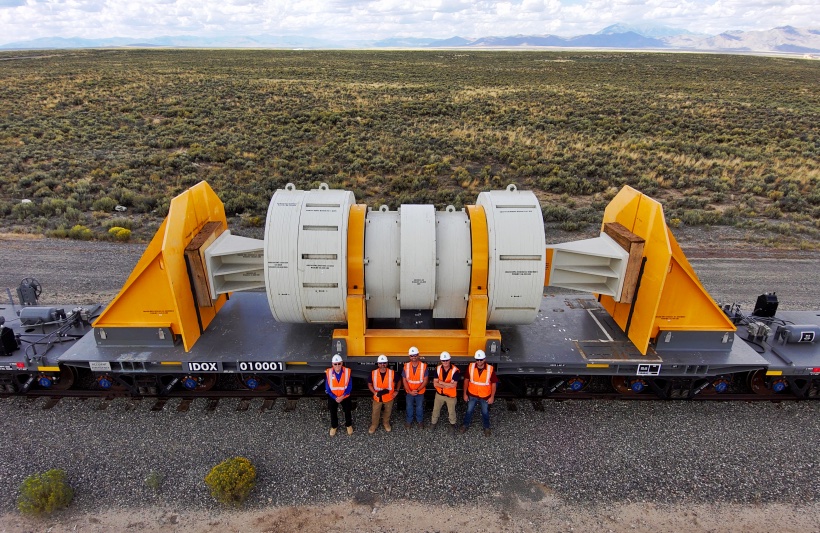
PUEBLO, Colo. — The U.S. Department of Energy (DOE) has announced the successful completion of a 1,680-mile round trip as part of the final testing for its Atlas railcar. A Sept. 21, 2023 press release said the 12-axle equipment — designed to transport large containers of spent nuclear fuel and high-level radioactive waste — departed Pueblo on Sept. 5, to Scoville, Idaho, and return.
Two Union Pacific diesel locomotives were the motive power for the four-car test train which included the Atlas, a rail escort vehicle (REV), and two buffer cars. As part of the data collecting, the trip simulated a full-scale shipment with steel test weights, while the Atlas was loaded to its maximum weight capacity for the heaviest transport container certified by the U.S. Nuclear Regulatory Commission. The test resulted in the railcar meeting the highest safety standards by the AAR.
“This milestone underscores the Department’s dedication to advancing the safe and secure transportation of radioactive materials, including spent nuclear fuel,” said Dr. Patrick R. Schwab, project manager for the Atlas. “Through the successful completion of the test and the Atlas railcar project, we have delivered a capability for the Department to effectively transport spent nuclear fuel to future DOE storage and disposal facilities, filling a key role for successful operation of a nuclear waste management system.”
In a 10-year span by the DOE, the project cost approximately $33 million to develop and test the Atlas, buffer, and REV railcars. The REV was constructed in partnership with the Naval Nuclear Propulsion Program which significantly reduced the project’s cost [See “New spent nuclear fuel escort railcar heads into final phase of testing” News Wire, Jan. 13, 2023].
According to the press release, the four-car set is expected to be fully serviceable once the data is analyzed and documented, in addition to conditional approval made by the AAR Equipment Engineering Committee. This can take place before the end of 2023. The Atlas railcar is currently scheduled to make an appearance at the DOE’s 2024 National Transportation Stakeholders Forum Annual Meeting in Denver.






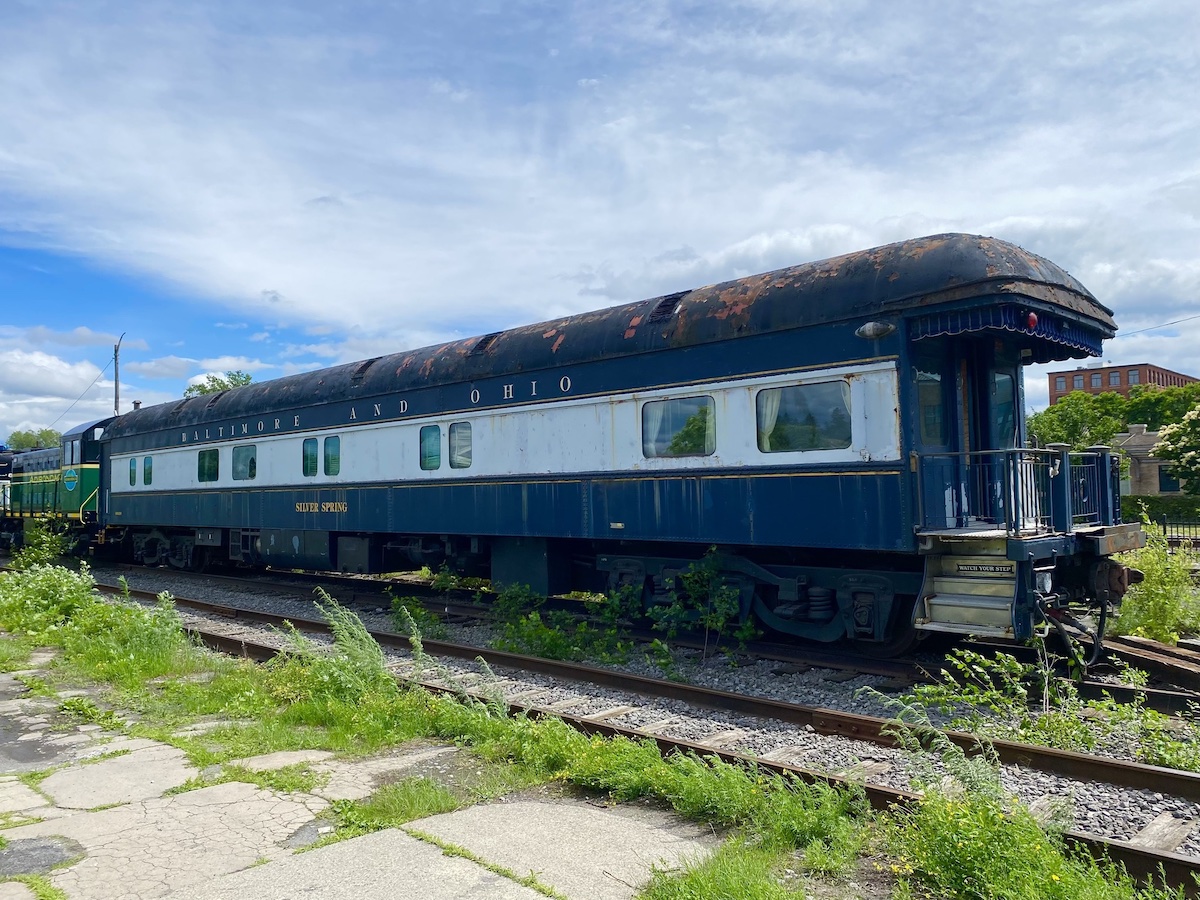
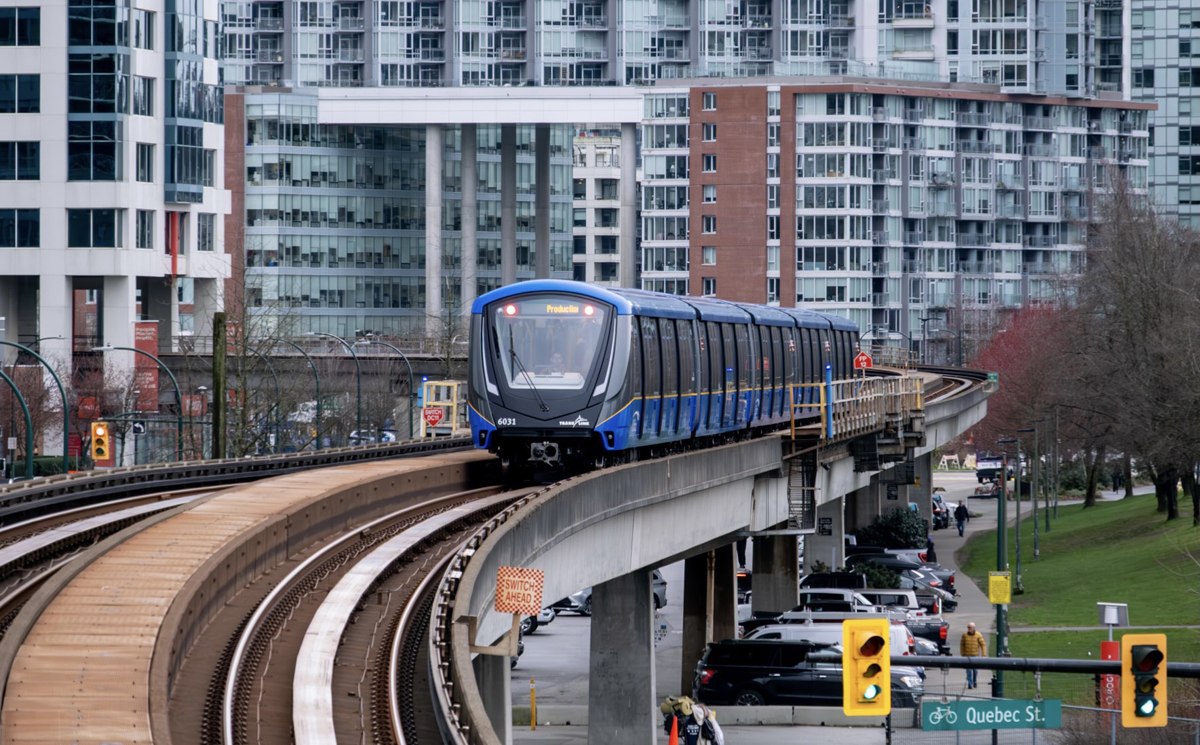
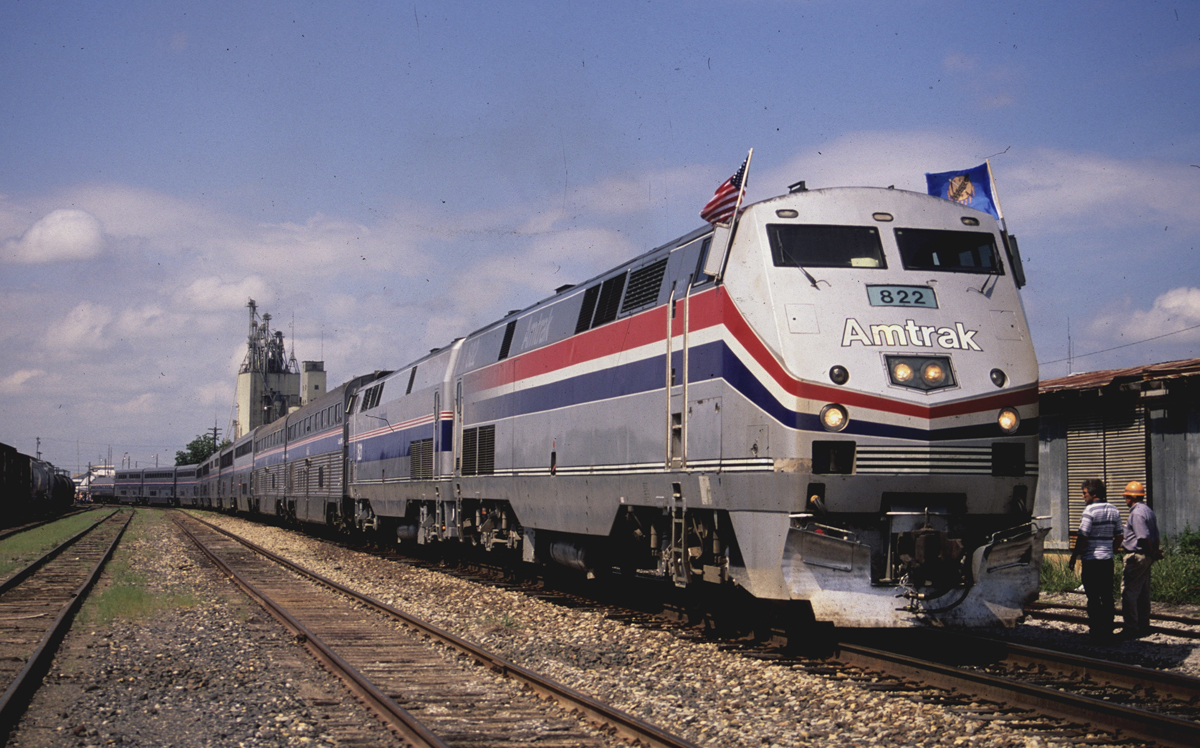
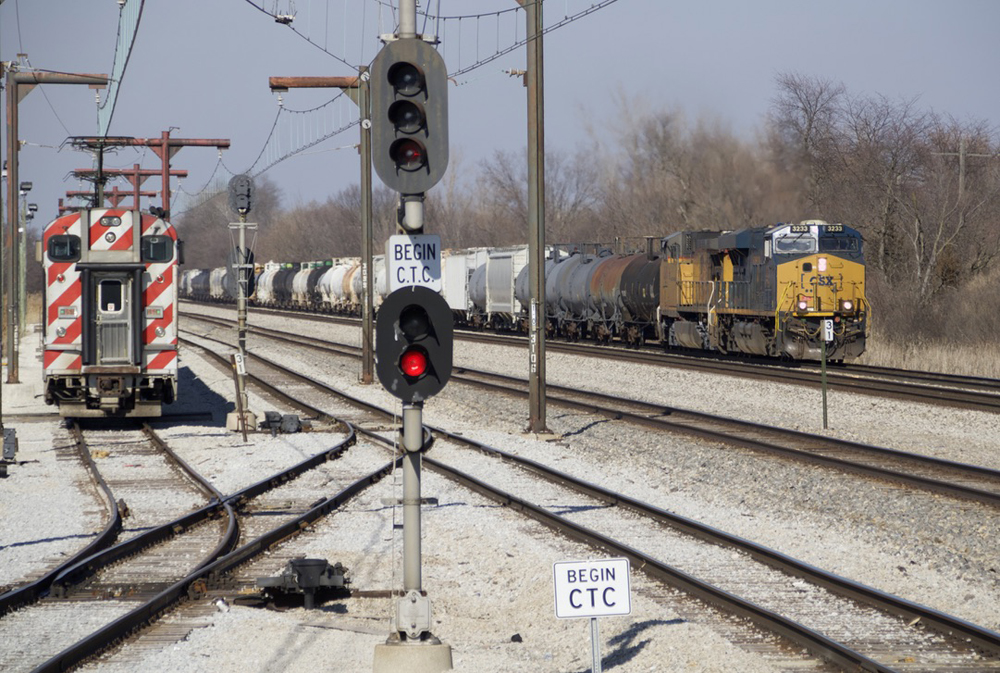




When I see “Atlas Railcar”, I start thinking H0 or N gauge…
Following up on reply #2. Is there a destination?
After DOE spent billions around Beatty Nevada, Harry Reid and politicians had that project cancelled. Of course they took the money but never allowed the waste to be brought to NV.
Wasn’t Harry Reid enough?
First paragraph of article says the destination. 99.9% of time test run is over the route to be used.
Wonderful. And after a two-decade career in nuclear, one question: when will cars like these have a destination?
Environmental protesters and other anarchist types will be out in force when this train is on the move.
John R., the Marines will be in the choppers which will be above the move. What, no graffiti yet? It shows a rail car can stay clean but it is damn expensive to keep it that way.
Years ago some kids out west got the education of their young lives when they threw rocks at one of these spent nuclear waste movements, The plane spotted them and police on the ground caught them. If I remember correctly it was nuclear waste from Japan and protesters were in CA prior to the move, but the move went forward.
We figured the trooper assigned to ride in the engine in Idaho was being punished or maybe he was a devoted railfan and asked for the assignment.
The idea of using safe(r) liquid fluoride thorium reactor (LFTR) fuel in place of environmentally dangerous, conventional fission fuel, could help eliminate the need for all this specialized rail car and buried nuclear waste technology. Railroads, especially, could make good use of this safe(r) energy producing LFTR technology for future catenary electrification.
https://energyfromthorium.com/lftr-overview/
Where are the machine gun emplacements for the Marines?
See the link above to the nuclear fuel escort car.
Once, while driving down I-80 west of Cheyenne, USAF was relocating a Minuteman ICBM on a Sunday at 6AM. I came up on them so fast 2 USAF personnel aimed their weapons at me from the following security vehicle.
Seeing I was harmless they withdrew as I blew by at 80mph. But it did freak me out.
Perhaps some consideration should have been given to disguise the car initials and number. Just sayin’…
“Pueblo” perhaps?